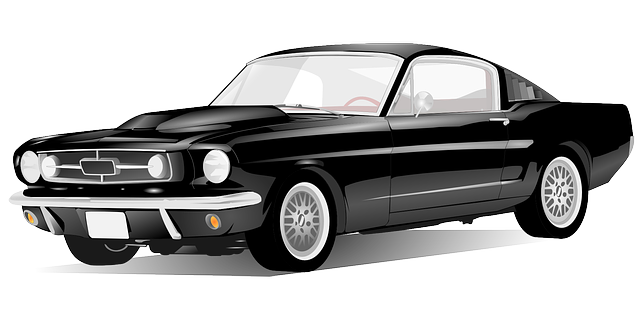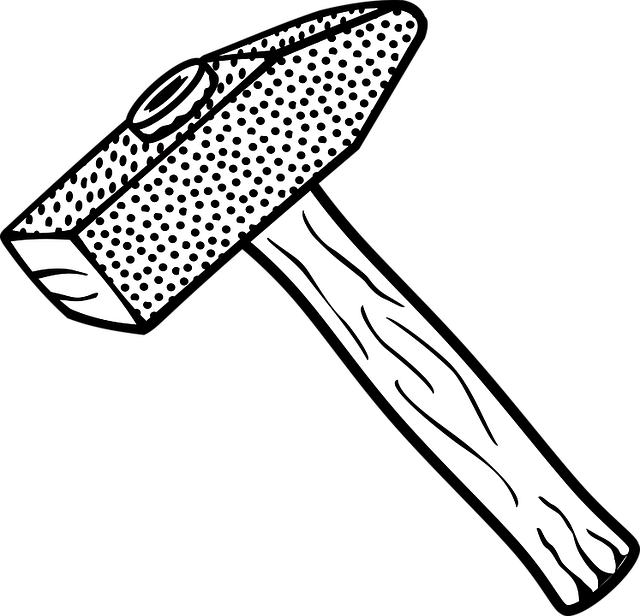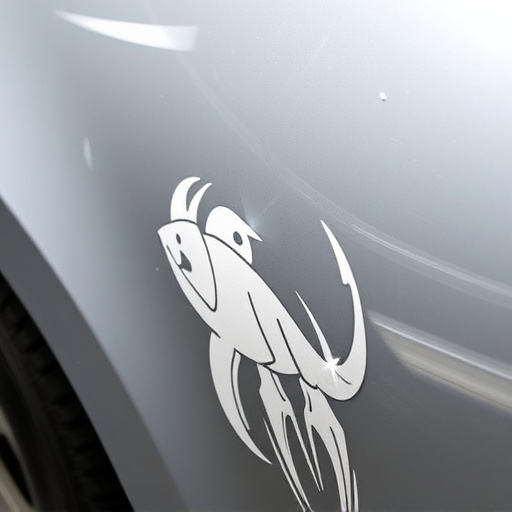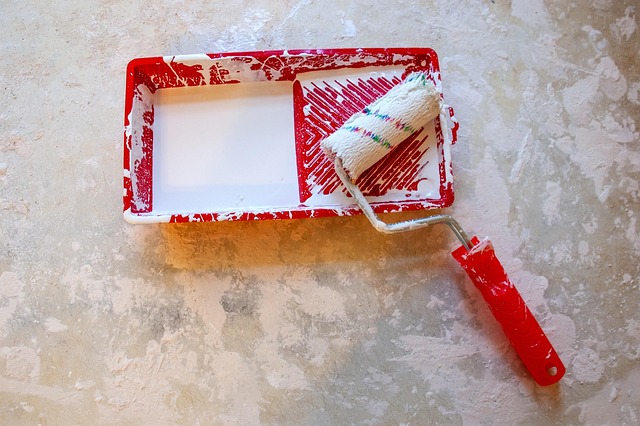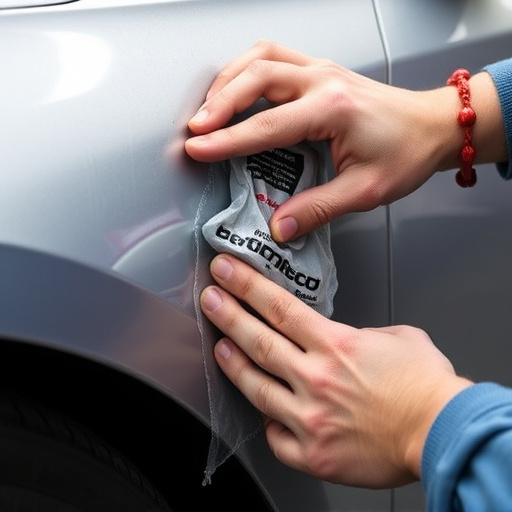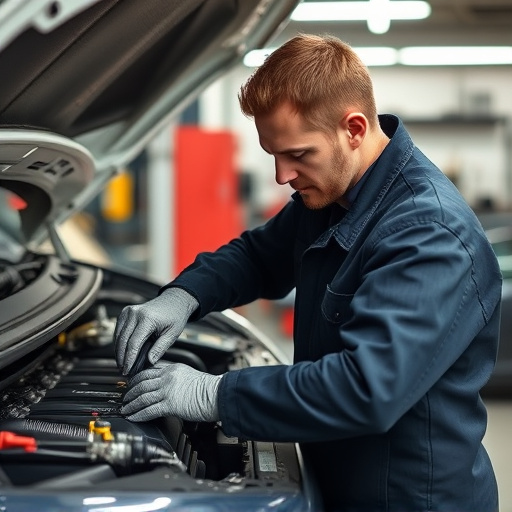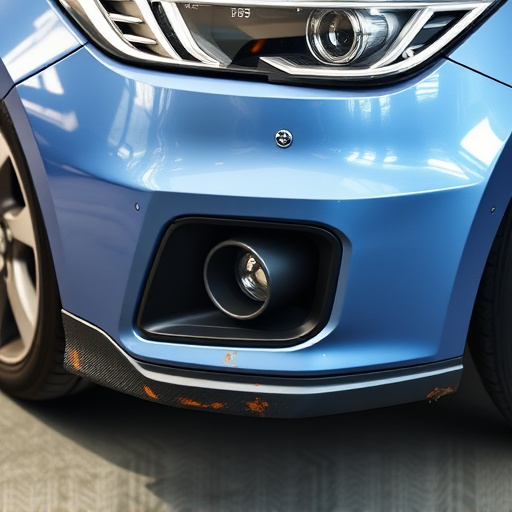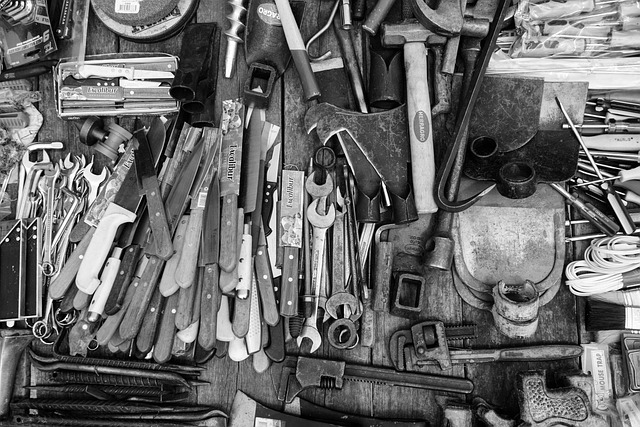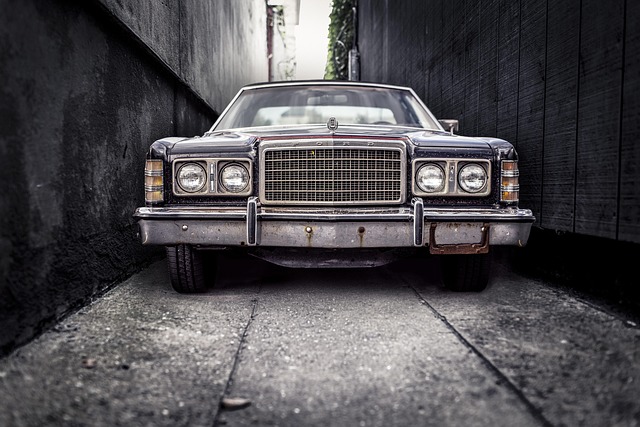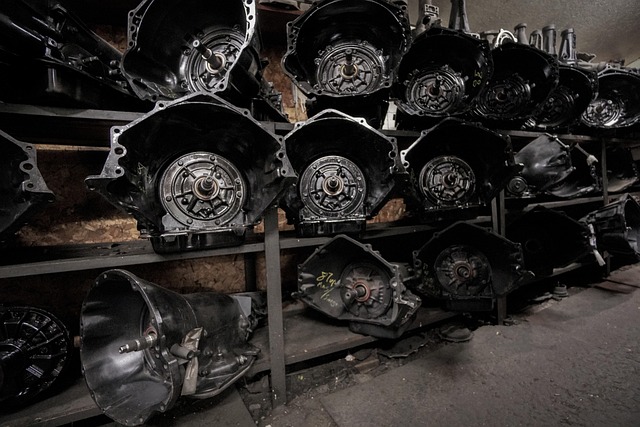Frame machine repair is a crucial process for restoring vehicles damaged in collisions, using specialized equipment to correct misalignments and structural damage. This meticulous service ensures vehicles meet safety standards and perform optimally, addressing deformations caused by accidents. Reputable bodywork services offer frame repair alongside fender repair, enhancing both safety and aesthetics. Maintaining precision through calibration, alignment checks, and quality parts is vital for accurate results, ultimately improving the overall quality of car repair services.
Frame machine repair is a critical process in automotive body work, ensuring precision and accuracy in collision repair. This intricate procedure aligns and adjusts the vehicle’s frame, crucial for maintaining structural integrity and safety. In this article, we’ll explore how frame machine repair directly influences collision accuracy. From understanding the basics to best practices, you’ll gain insights into minimizing errors and maximizing precision post-repairs, ultimately impacting customer satisfaction and vehicle performance.
- Understanding Frame Machine Repair: The Basics
- Impact on Collision Accuracy: What You Need to Know
- Best Practices for Maintaining Precision After Repairs
Understanding Frame Machine Repair: The Basics
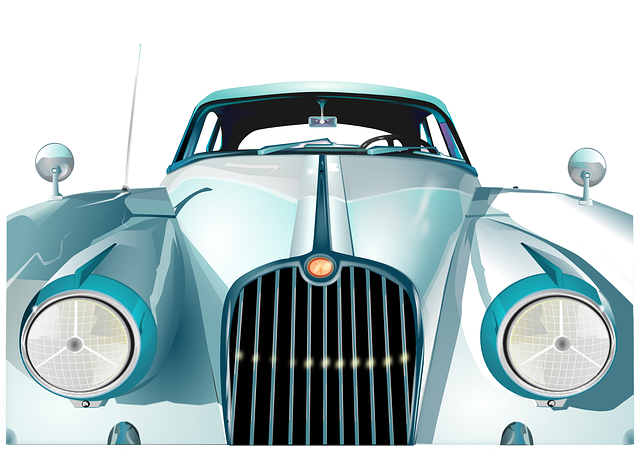
Frame machine repair is a critical process that involves correcting misalignments and damage to a vehicle’s frame after a collision or accident. It’s essentially about getting the metal back into its original shape, ensuring the vehicle can be restored to its pre-accident condition. This intricate procedure is not just about fixing the visible parts; it delves into the very heart of the car’s structural integrity, making it pivotal in achieving precise alignment and safety standards.
The process utilizes specialized equipment, such as hydraulic presses and computer-aided machines, to precisely manipulate the frame. Technicians skilled in auto frame repair assess the damage, use these tools to straighten the metal, and make adjustments to key components like the chassis, body panels, and suspension systems. It’s a meticulous art that requires precision, expertise, and an understanding of modern vehicle design – all contributing factors to achieving collision accuracy and ensuring safe, reliable transportation. Other related services like fender repair and auto glass repair often work in conjunction with frame machine repair for a complete restoration.
Impact on Collision Accuracy: What You Need to Know

The condition of a vehicle’s frame is paramount when it comes to collision accuracy and overall structural integrity. Frame machine repair, a specialized process that realigns and restabilizes metal after damage, plays a crucial role in ensuring that a car returns to its original specifications following an accident. When a collision occurs, the force can distort or deform the frame, compromising not just the safety of the vehicle but also its handling and performance capabilities.
Proper frame machine repair services address these issues by meticulously straightening the affected metal components, reconnecting the frame’s structural elements, and restoring it to its pre-accident condition. This meticulous process directly impacts collision accuracy, guaranteeing that all body panels line up perfectly, enhancing safety features, and ensuring optimal performance during driving. Moreover, reputable car bodywork services that offer frame machine repair also focus on fender repair, addressing visible damages and contributing to a vehicle’s overall aesthetic appeal.
Best Practices for Maintaining Precision After Repairs

After a frame machine repair, maintaining precision is paramount to ensure collision accuracy. The first step involves meticulous calibration of the machine to match manufacturer specifications. This includes adjusting settings for various operations like bending, straightening, and welding, as even slight variations can impact final alignment. Regular checks using advanced measurement tools, such as laser alignment systems or 3D measuring devices, help identify any drift in precision over time.
Best practices also encompass proper training for technicians handling frame machine repairs. Keeping up with industry standards and staying updated on the latest repair techniques ensures consistent quality. Additionally, utilizing high-quality replacement parts specifically designed for frame repairs, rather than generic substitutes, is crucial. This reduces the risk of misalignment or structural weaknesses that could compromise collision accuracy down the line. Regular maintenance checks and prompt addressing of any issues further contribute to maintaining the integrity of the frame machine, ultimately benefiting car repair services and fender repair outcomes.
Frame machine repair plays a pivotal role in ensuring collision accuracy. By understanding the fundamentals of this process and implementing best practices post-repair, auto body shops can maintain high precision standards. This not only guarantees customer satisfaction but also fosters trust in their services. Optimizing frame machine repair is a key strategy for achieving seamless, accurate collision repairs, ultimately enhancing the overall quality of vehicle restoration.
